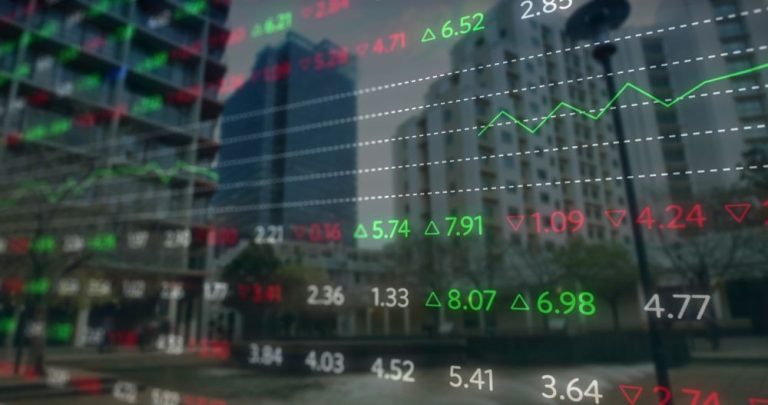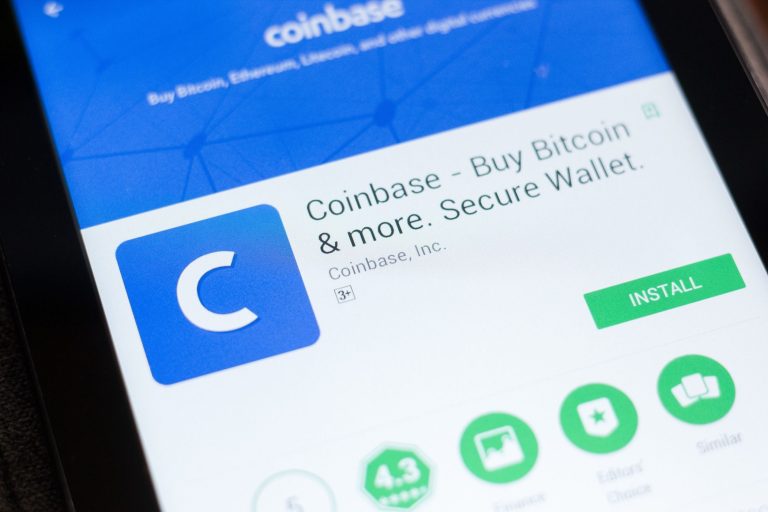Shiba Inu price rose on Thursday as investors reacted to the ongoing Bitcoin surge. The SHIB token jumped to a high of $0.00003268, its highest level since March 14 this year. It has risen by about 200% from its lowest level this year.
Shiba Inu price analysis
The daily chart shows that the SHIB price has been in a strong bullish trend in the past few months. It has jumped to a high of $0.00003260, its highest level since March this year.
The coin has formed a cup and handle pattern, a popular bullish sign. This pattern is made up of a horizontal and a rounded bottom. In most periods, this is one of the most popular bullish continuation sign.
Shiba Inu has also formed a golden cross pattern as the 50-day and 200-day Exponential Moving Averages (EMA) crossed each other. The coin has moved to the Weak, Stop & Reverse of the Murrey Math Lines. This means that Shiba Inu has more room to go to get to the extreme overshoot level at $0.00004172.
Shiba Inu has moved above the Ichimoku cloud indicator. Also, the Relative Strength Index (RSI) and the Stochastic Oscillator have continued rising. Therefore, there is a likelihood that the coin will likely continue soaring as bulls target the key resistance at $0.000045, which is about 40% above the current level.
The stop loss of the Shiba Inu coin is $0.0000268, the top of trading range. A drop below that level will point to more downside.
Why the SHIB price may continue rising
There are a few reasons why the SHIB price may continue rising in the near term. First, the coin will benefit from the ongoing crypto bull run. Bitcoin has moved above the $100,000, meaning that the coin has more room to grow. In most periods, altcoins like Shiba Inu and Dogecoin do well when Bitcoin is rising.
Second, Shiba Inu price will continue doing well as more coins are incinerated. Data shows that over 2.5 million coins were burned in the past 24 hours. Altogether, over 410 trillion tokens have already been burned. The circulating supply of these coins stood at over 583 million. Also, 5.3 trillion SHIB coins have been staked.
Third, SHIB price will likely do well as its ecosystem continues to grow. Data by DeFi Llama shows that ShibaSwap has a total value locked (TVL) of over $28.7 million. Its anualized fees have moved to over $3 million.
Meanwhile, the number of Shibarium has handled over 602 million transactions as the number of accounts rose to 208k. The number of total addresses is nearing 2 million.
The growth of Shibarium and ShibaSwap is important for Shiba Inu because the fees charged are converted into SHIB and burned.
The post Shiba Inu price analysis: Here’s why SHIB is set to explode higher appeared first on Invezz









